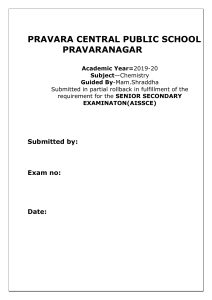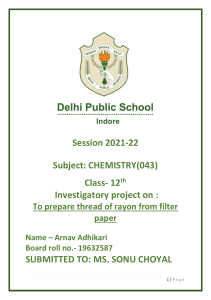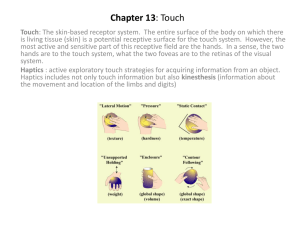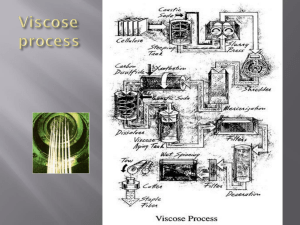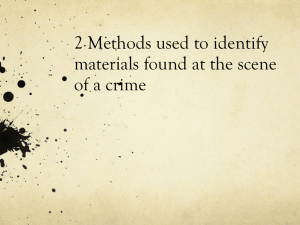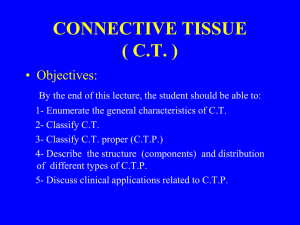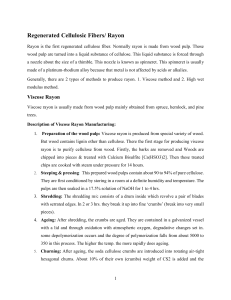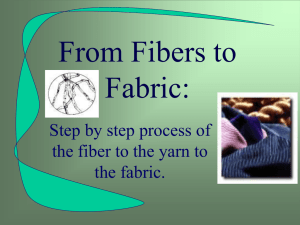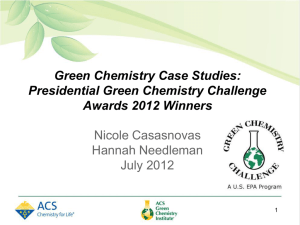Lecture on Dyes and Fibers
advertisement
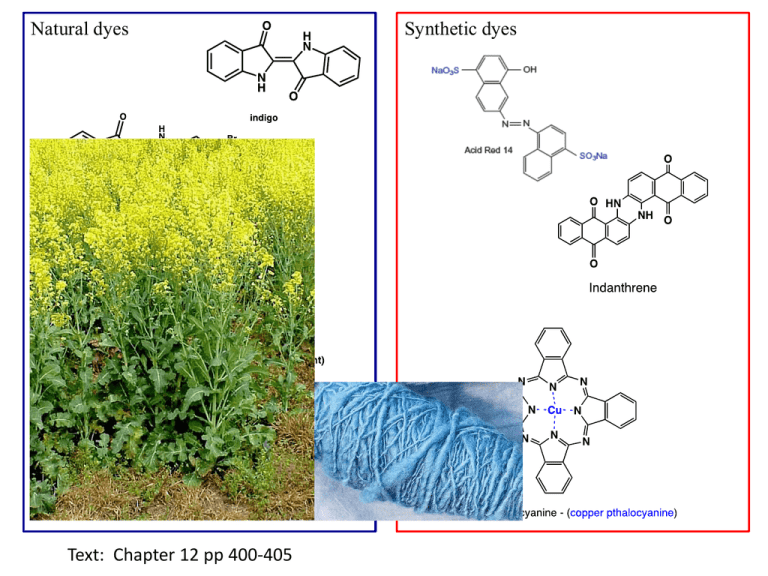
Natural dyes Text: Chapter 12 pp 400-405 Synthetic dyes Natural fibers: cellulose (polysaccharides) Cellulose Fibers Cotton Linen Cellulose Derivatives (viscose) Rayon (viscose) Acetate Text: Chapter 4 pp 143-149 Natural fibers: proteins Protein Fibers: silk and wool Text: Chapter 4 pp 143-149 Synthetic fibers: Cellulose Derivatives (viscose) Rayon (viscose) Acetate The chemical process Making Viscose Rayon Text: Chapter 12 pp 406-422 Synthetic fibers: Viscose Acetate The chemical process Making Viscose Acetate Text: Chapter 12 pp 406-422 How Dyes Attach to Fibers Mordants bind to dyes and to fibers Acid dyes use electrostatic interactions Text: Chapter 12 pp 406-422 How Dyes Attach to Fibers How a reactive dye binds to fibers Text: Chapter 12 pp 406-422 Perkins Purple Mauveine was discovered serendipitously in 1856 by 18-year old William Henry Perkin, who was trying to synthesize the anti-malaria drug quinine as a challenge from his professor, August Wilhelm von Hofmann. In one of his attempts, Perkin oxidized aniline using potassium dichromate. Under these conditions, the aniline reacted with toluidine impurities in it to produce a black solid, a fairly common result in "failed" organic syntheses. While trying to clean out his flask, Perkin discovered that some component of the black solid dissolved in alcohol to give a purplecolored solution, which proved to be an effective dye for silk and other textiles. Wikipedia’s story And this was the beginning of the chemical industry …. Perkin Transactions of the Royal Society of Chemistry UK Major journal reporting Organic Chemistry Related hydrocarbon rings from petroleum Related rings in dyes (in pigments)
